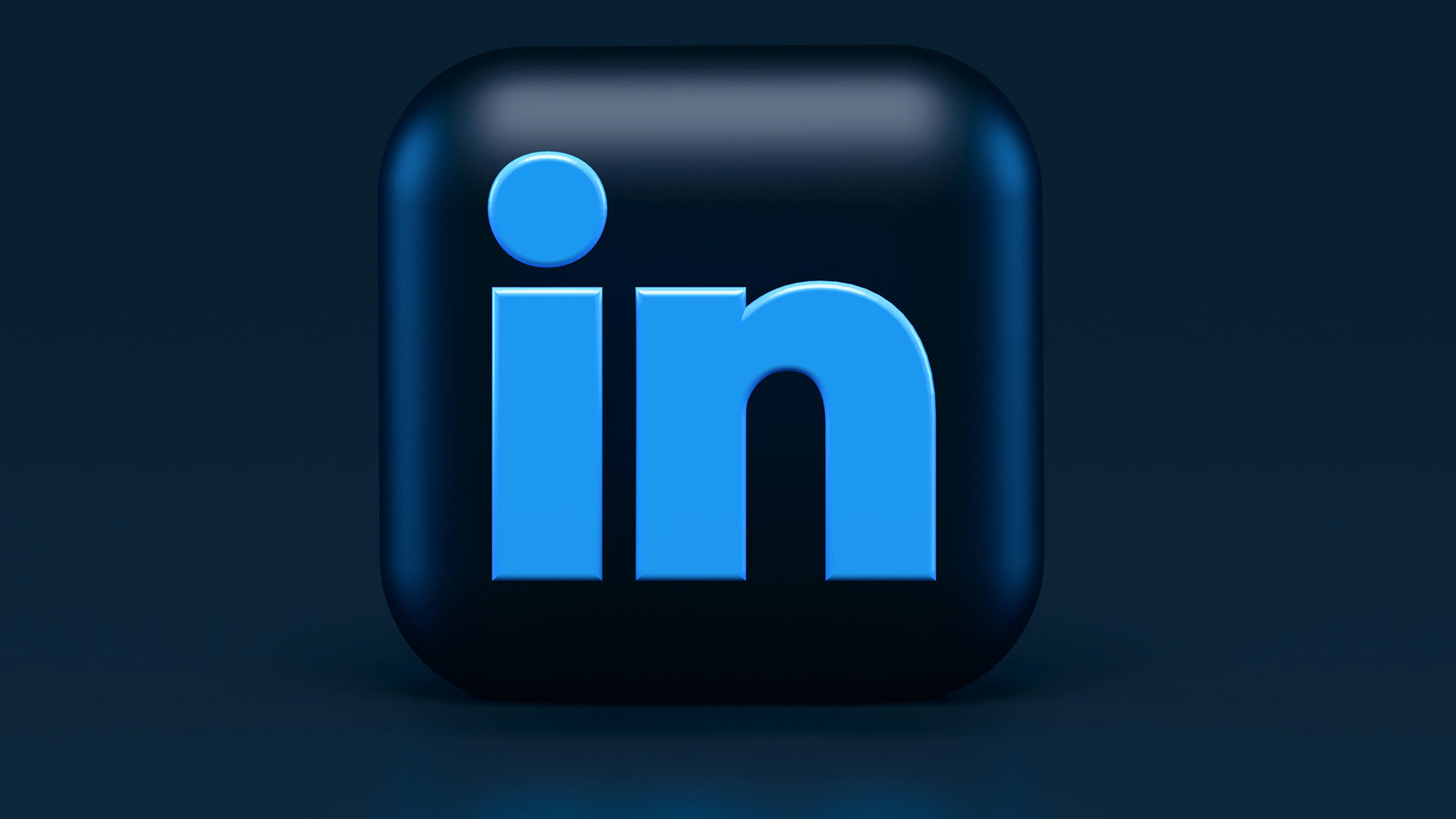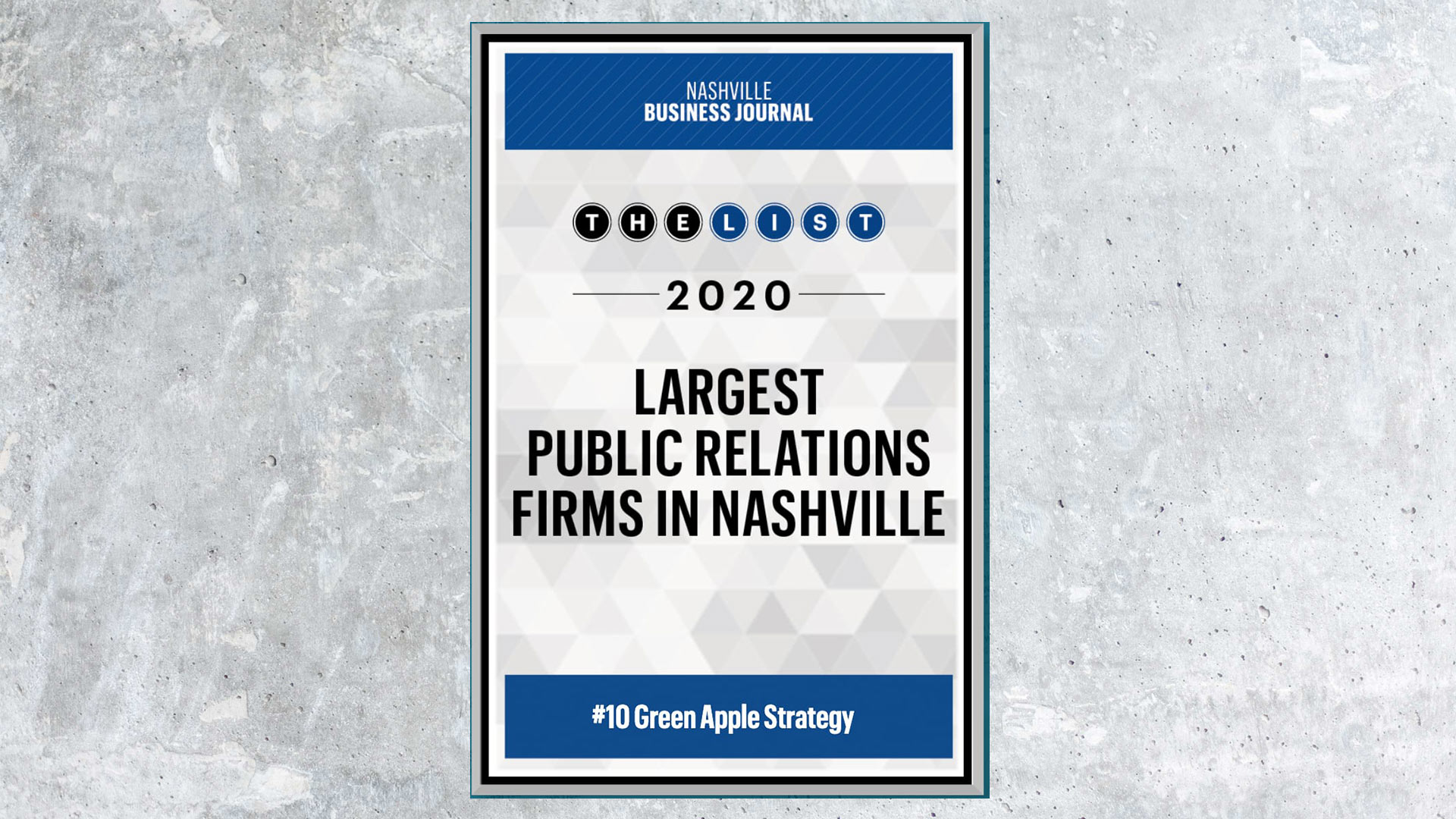Dreaming up a new idea for your business can be an exciting and rewarding process. You are about to offer your audience something they need or want, and so you’re helping people while growing your company. But, we can get swept away into dreaming about our ideas sometimes, can’t we? In all the excitement, we can lose track of the reality of a launch.
We want to help you think through how you can launch your new products or services in the most timely, cost-effective, and successful way. Here are ten marketing questions to answer before launching a product or service.
1. Does it align with my company’s goals?
When we add elements to our company’s repertoire, it’s crucial to ensure that they align with the vision we have for our brand. Because no matter how small, each product or service says something about your business—and could very well change the trajectory of your brand’s growth. So, it’s first and foremost important that you choose your additions wisely. Picture your business in two to five years. Does this product or service still fit into that picture?
2. What problem does it solve for my audience?
The primary reason to build a new product or service is to solve an issue for your audience. Does this idea address a common pain point for your customers? If the answer is yes, you may have just come across your next big seller! If not, you may need to return to the drawing board.
3. How can I build strategic messaging around it?
Once you have your golden idea that aligns with your brand and solves a pain point for your customer, you’re ready to craft messaging. This is an involved process, but every second is worth it in the end. You can use your answer to question two, “What problem does it solve for my audience?” to inform this process. Once you have the answer to that question, you can begin building your messaging strategy.
Identify the key messages that you’re sending to your audience and hone in on what your tone will sound like. In general, you’ll use this time to map out how you will communicate your offering to your customers so that they will not only understand it but will then want to take action.
4. Which platforms should I use to announce the launch?
Using your messaging strategy, you will send your messaging to customers on the most appropriate platforms. Take a moment to review your analytics for different channels to decide where it will be effective to spend your most effort. You should not ignore the platforms that aren’t performing quite as well, but this step will help you choose your priorities.
A few platforms to consider are:
- Email marketing
- Blog articles
- Social media
- The local and national media (i.e., press releases)
- Paid advertising
For tactics that haven’t performed well in the past, maybe this is your chance to redesign your strategy to build your audience before your launch.
5. Have I updated my website and social media profiles?
Launching a new element of your business is a wonderful opportunity to review your website and social media profiles. Whether it’s updating website headers and social media profile graphics or description content, you’ll want to ensure that these channels are updated to reflect the most current and accurate information about your brand. You can also take this chance to boost your website’s visibility by reviewing your SEO practices. If your site is a local brick and mortar, optimize it for “near me” searches. Otherwise, focus on overall SEO, which is a powerful tactic, no matter what type of business you have.
6. Which customers of my audience will be most interested in this?
By identifying which customers will be most interested in this new product, you can again position your priorities. Identify where this customer spends their most time, what they care about, and how you can speak to their pain points. Customer profiles are a useful tool when exploring your customers’ wants, needs, and habits. With this information under your belt, you can build targeted messaging for the customers who are dying to have your product or use your service.
7. How will I continue the product or service’s success following the launch?
Marketing is an ongoing effort. So, it’s essential that you plan for success not only as you prepare for launch but also for as long as your business is in operation. You can follow proactive marketing principles to monitor the success of your marketing campaigns continually. All the while, you must find new and creative ways to keep your current customers interested and entice prospective customers.
8. Are my marketing and sales teams aligned on the launch details?
At Green Apple, we often discuss sales and marketing alignment with our clients. Your launch’s success will largely depend on the streamlined communication in your business, so your sales and marketing teams must be telling the same story. When their message is aligned, your customers know what to expect and view your business as one trusted, unified front.
9. What services should I invest in for the highest return on investment?
Your return on investment depends on the efforts that go into your launch and the effectiveness of those efforts. But, it’s important to realize that you can’t do it all. You can, of course, but professionals who specialize in those efforts may be able to do them better, faster, and cheaper than you can. For example, you may spend twice the resources to build something internally that an outsourced partner could do in half the time while delivering a much more professional and effective product. Take a second to consider what your team is not fully equipped to handle and identify the best partners to work with to fill those gaps.
10. How do I market the new product or service to my employees?
A massively important element of marketing that many companies overlook is internal marketing. It’s just as crucial that you market to your employees as you do to your customers. When your employees fully understand your business and are excited about what you’re selling, they will be more excited to share that with others to help your customers succeed. Your employees are your most valuable asset, so ensure that you spend a great deal of time supporting their knowledge about and overall satisfaction with your brand.
Do you need help building a robust and effective marketing strategy for your brand’s product or service launch? We can help. Contact Green Apple Strategy today to schedule a consultation.











